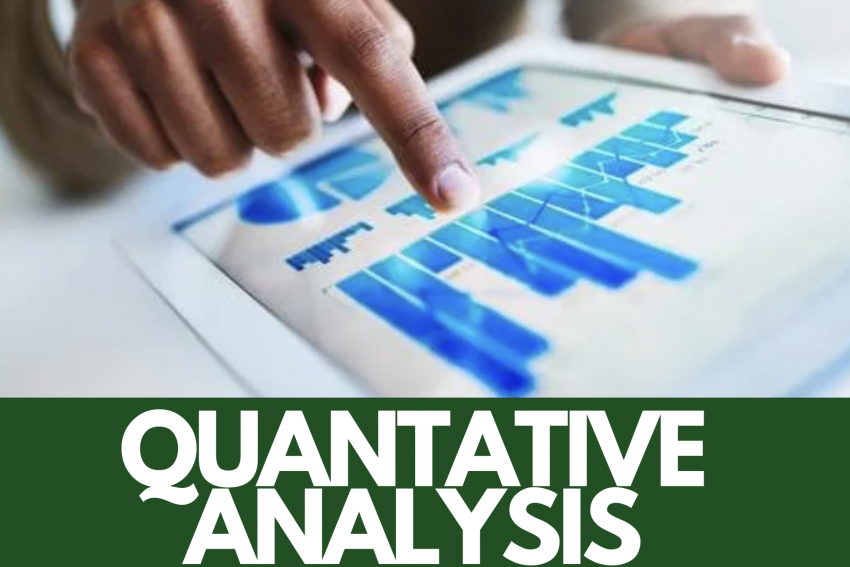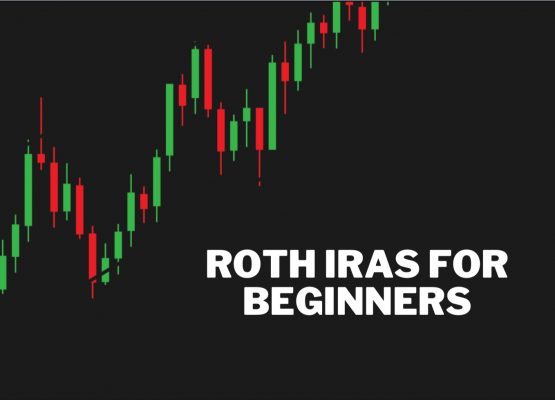Quantitative analysis transforms the financial sector by applying mathematical and statistical techniques to evaluate investments, understand market behaviors, and make predictions. This approach, which is rooted in concrete data, marks a significant transformation from traditional, more intuitive strategies, to a more data-driven paradigm.
This approach additionally enables investors to navigate the complexities of the financial markets with precision and insight, thus optimizing decision-making processes, and additionally uncovering hidden investment opportunities through objective analysis. This shift towards quantitatively informed strategies represents the modern investor’s toolkit, and combines the power of data with financial expertise to achieve superior investment outcomes.
Core Concepts of Quantitative Analysis
Quantitative analysis in finance involves collecting vast amounts of data, including historical prices, trading volumes, and company fundamentals, to help make informed investment decisions. By applying statistical models, analysts can identify patterns and predict market movements. This data-driven approach additionally extends to algorithmic trading, where algorithms execute trades based on quantitative analysis, optimizing speed and profitability, while minimizing human error. This methodology not only significantly enhances the accuracy of predictions, but additionally enables a more disciplined investment strategy, leveraging data to mitigate risks and maximize returns.
Statistical Models in Quantitative Analysis
Statistical models including regression analysis, time series analysis, and machine learning algorithms are very important in quantitative analysis. Regression analysis can identify the relationship between market indicators and stock performance, helping predict future prices. Time series analysis examines sequences of data points (like stock prices over time) to forecast future market trends. Machine learning algorithms, through pattern recognition and predictive analytics, can adaptively learn from new data to improve investment strategies over time, offering sophisticated forecasts and insights into market dynamics and asset price movements.
Application in Investment Strategies
Quantitative analysis facilitates the identification of opportunities across various financial instruments by utilizing statistical models to predict returns and assess risks. In stocks, it can highlight undervalued shares or sectors with growth potential. For bonds, quantitative tools assess default risks and interest rate movements.
In derivatives, they help in pricing options and futures, optimizing entry and exit points. Risk management and portfolio optimization are achieved through models that calculate the optimal asset mix, thus minimizing volatility, while additionally targeting desired returns, leading to more informed and strategic investment decisions.
Tools and Technologies
Python and R are important coding languages when it comes to quantitative analysis, offering libraries for data manipulation, statistical modeling, and visualization. Python, with packages like NumPy, pandas, and scikit-learn, is preferred for its simplicity and machine learning capabilities. R is renowned for statistical analysis and graphical models. Platforms like QuantConnect and MetaTrader offer environments for backtesting strategies and executing trades, while Bloomberg Terminal provides comprehensive financial data for analysis, making these tools indispensable for quantitative finance professionals.
Speaking of Python, we have built an entire suite of Free Financial and Stock Market Calculators which you can access at this Github link! Also, be sure to check out some of our pre-built financial calculators on this website!
Challenges and Considerations
Quantitative analysis faces many challenges, including the quality of data which is inputted for a desired result, which can lead to inaccurate models if the data is incomplete or biased.
Additionally, model overfitting is a significant concern, which is a situation where models might perform well based upon historical data, but poorly in terms of real-world scenarios, due to excessive complexity.
Of course, market unpredictability, driven by unforeseen events, can also limit the effectiveness of quantitative models. Hence, combining quantitative analysis with a traditional fundamental analysis approach is an important step when it comes to considering a more holistic view of investment opportunities, along with balancing numerical data with economic and financial factors.
Conclusion
Quantitative analysis has become a cornerstone in modern investing, and is enabling data-driven decisions to dictate market complexities. By integrating statistical models and machine learning, investors can uncover patterns, and potentially predict trends with greater accuracy.
However, the essence of successful investing lies in balancing both quantitative insights with fundamental analysis, which would ensure a comprehensive evaluation of potential investments. This holistic strategy empowers investors to navigate market volatilities more effectively, fostering informed decisions for optimal portfolio performance.




